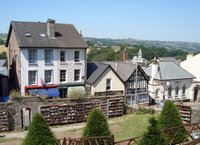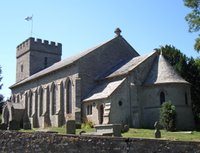
I took a rare trip to the north of England to fulfil a long-held dream to see Spurn Head on the Yorkshire coast. A sand and shingle spit jutting out three and a half miles into the Humber estuary, Spurn Head is one of the most unusual and fascinating places in Britain.
I went there in the charming and erudite company of Dr Vivienne Hemingway, who was kind enough to endure me for a few days.

Spurn Head is formed from material washed down from the Holderness coast further north. At the northern neck of the spit, the ruins of the sturdy coastal batteries from World War I testify to the power of the sea.

Spurn Head is growing to the south, but is steadily being pushed westwards. It is only 50 yards wide at its narrowest point, but it has a distinct interior further south, and its lush vegetation provides a haven for a remarkable number of birds.

Spurn also has many interesting man-made features. Perched at the end of the busy Humber Estuary, it was was a dangerous spot for shipping. The Low Light, situated on the sheltered western side of the spit, was completed in 1852.

The Low Light proved inadequate after a few decades, and the High Light was built towards the eastern side in 1895. Now disused, both lighthouses survive to this day.
Spurn serves as a base for the Humber pilots, and possesses the only permanently manned lifeboat station in Britain. The lifeboat was out as we walked along the southern tip of the spit, in one of the strongest winds I have ever experienced at sea level.
Spurn also has military remains. During World War I, Bull Fort was built to protect the Humber, and a supply railway was built along the spit. A road was added during World War II.
Today: 8 miles
2006: 239 miles
 Despite the rain (and getting lost on a golf course), we managed to reach our goal - Queen Elizabeth’s Hunting Lodge, the finest Tudor building in this part of the world.
Despite the rain (and getting lost on a golf course), we managed to reach our goal - Queen Elizabeth’s Hunting Lodge, the finest Tudor building in this part of the world.














